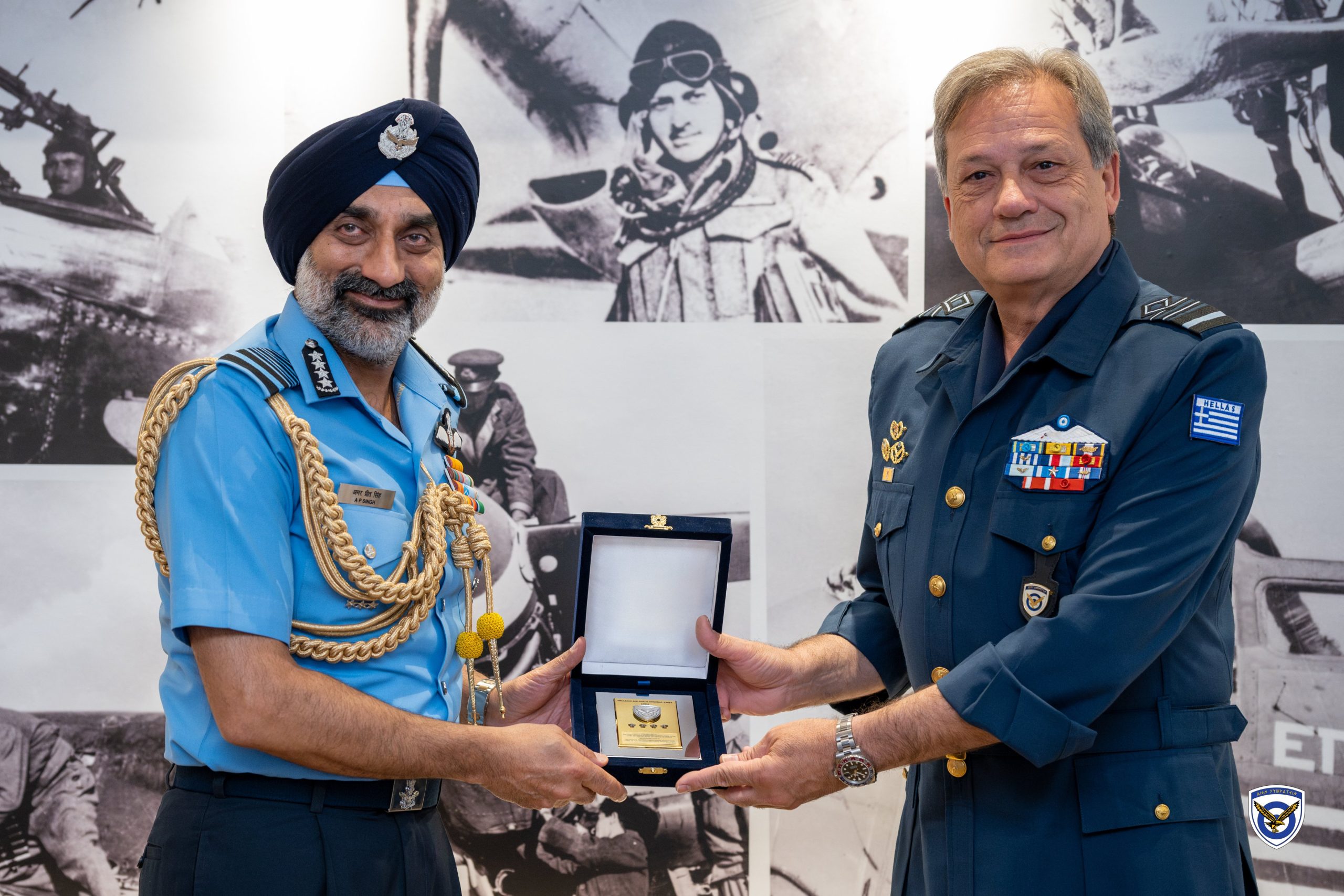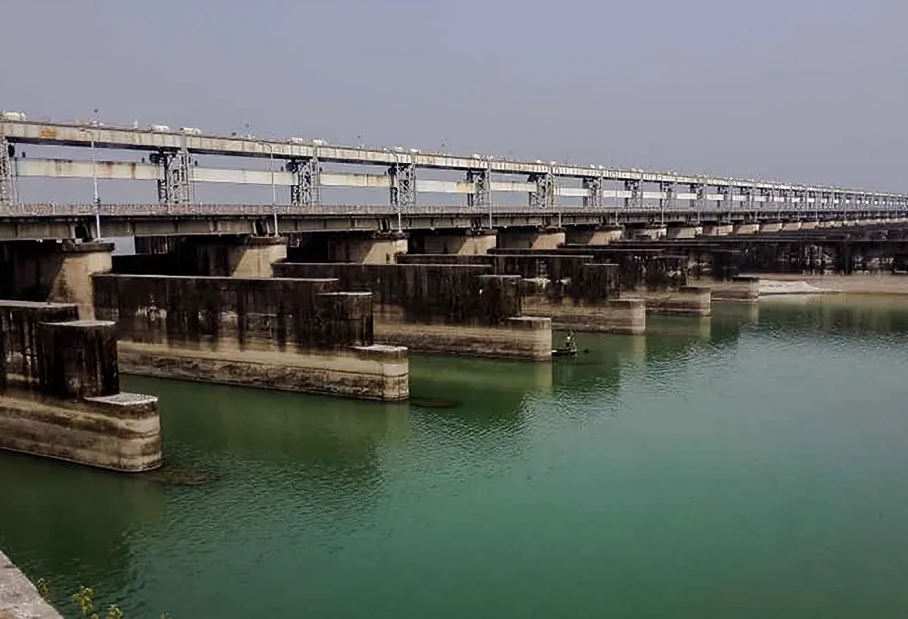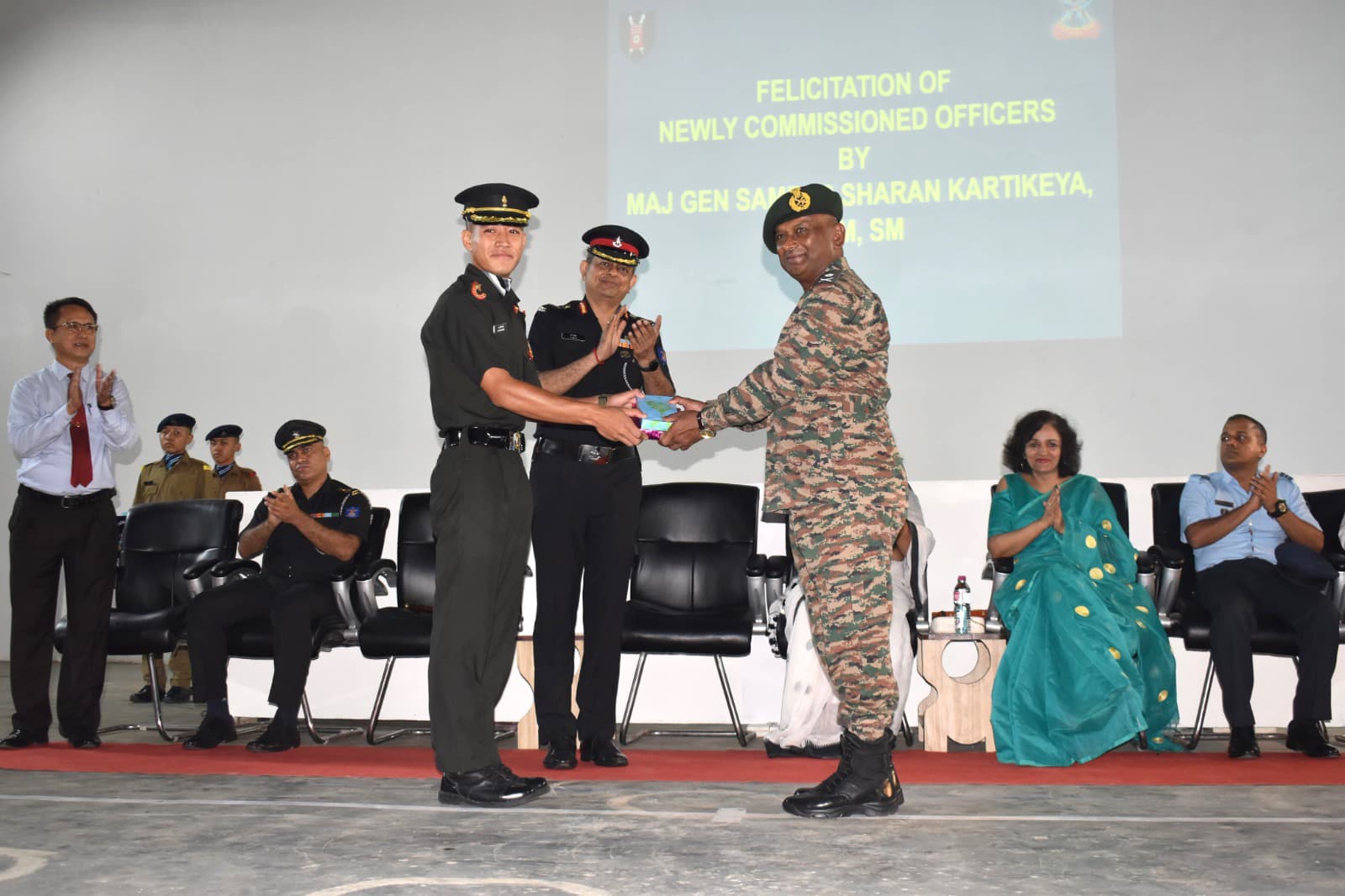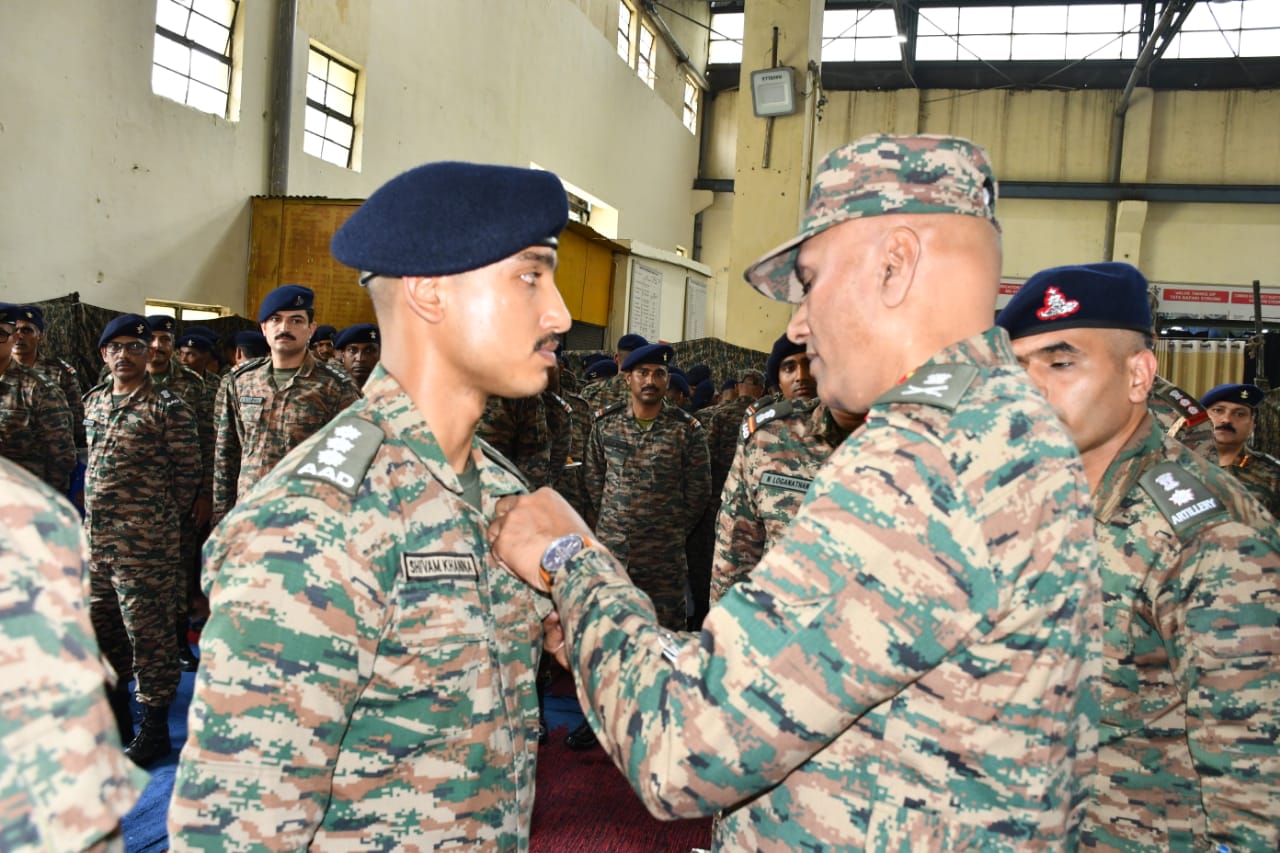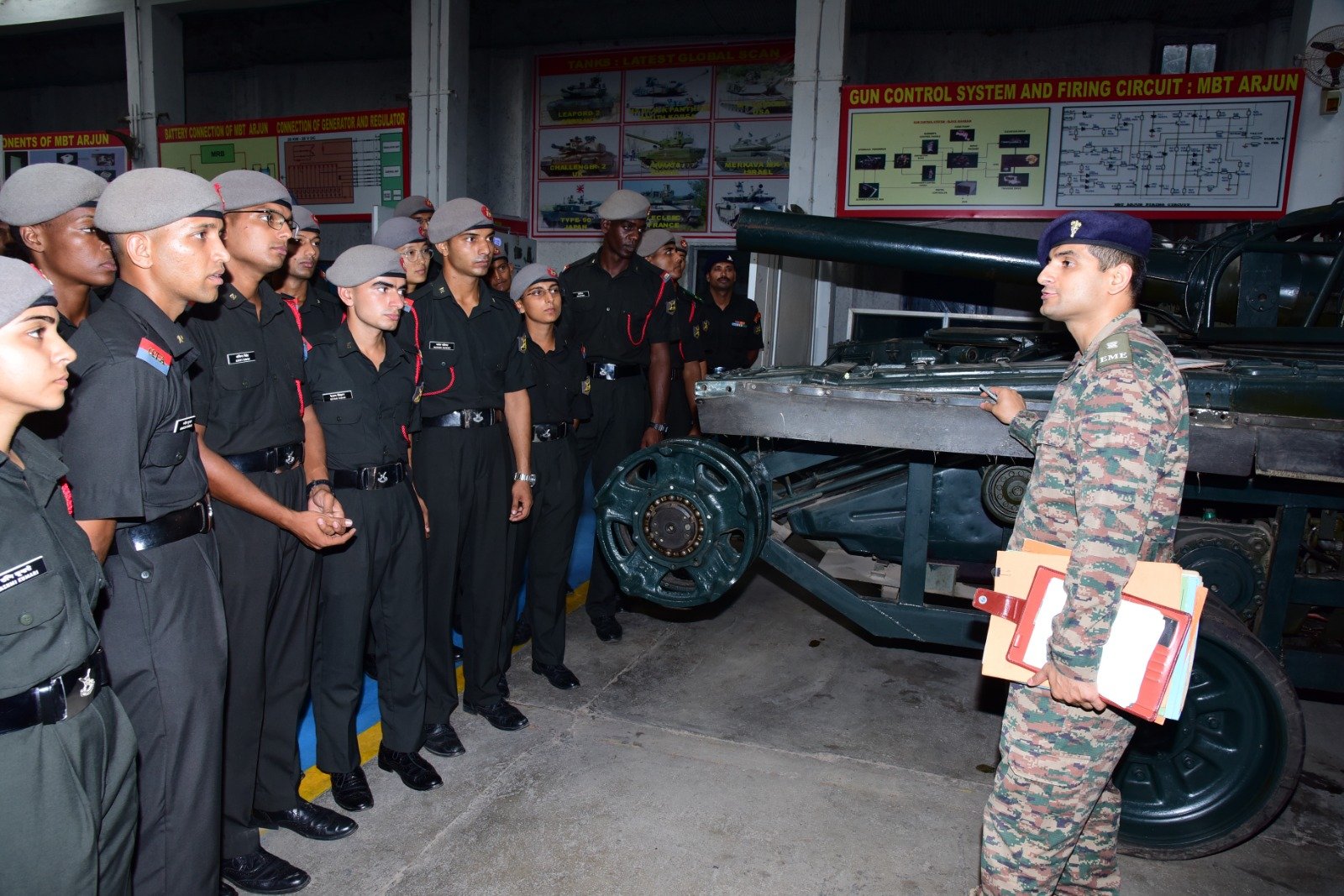Air Force Chief AP Singh Meets Hellenic Air Force Leadership to Boost Defence Cooperation
In a notable advancement of India’s international defence partnerships, Air Chief Marshal Amar Preet Singh arrived in Greece on June…
India Pushes for Renegotiation of Ganga Water Treaty with Bangladesh
In a significant diplomatic shift, the Indian government has formally pressed Bangladesh for a review of the 1996 Ganga Water…
IAF Deploys C-17 Aircraft to Rescue Indians from Jordan and Egypt
In a significant humanitarian initiative, the Indian Air Force (IAF) has launched a large-scale evacuation mission to rescue over 160…
Red Shield Division Commander Visits Sainik School Imphal, Lauds Cadet Achievements and Regional Progress
Lieutenant General Abhijit S. Pendharkar, the General Officer Commanding (GOC) of the Red Shield Division paid a special visit to…
Northern Army Commander Reviews Air Defence Readiness of Whiteknight Brigade
Lieutenant General Pratik Sharma, the General Officer Commanding-in-Chief of the Indian Army’s Northern Command, conducted a high-level review of the…
OTA Cadets Engage with Advanced Military Tech at MCEME Secunderabad
In a significant step toward strengthening the technological acumen of future military leaders, a group of 45 officer cadets from…

